Encroaching East Coast owls imperil northern spotted owls of redwood forests
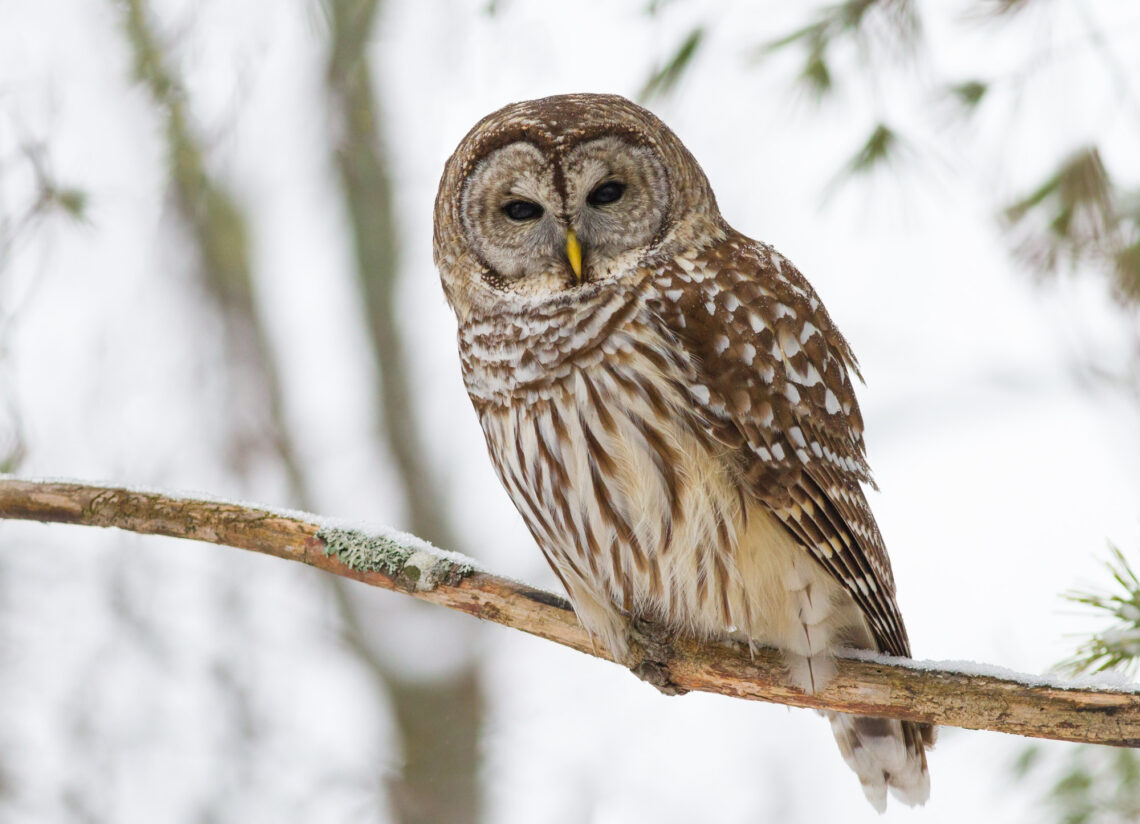
Barred owls and northern spotted owls have a lot in common: Both are brown-and-white owls; both are denizens of mature forests. The spotted owl hoots a four-note call, while the slightly larger barred owl hoots, “Who cooks for you?!”
But the northern spotted owl is in decline because of the loss of old-growth forest habitat and because barred owls are outcompeting, hybridizing with, and even preying on spotted owls. Northern spotted owls are listed as threatened under the California and federal Endangered Species Acts. Barred owls, once limited to East Coast forests, are rapidly expanding into the Pacific Northwest.
“Barred owls pose a much bigger threat to northern spotted owls at this juncture and will likely soon drive them extinct,” says M. Zachariah Peery of the University of Wisconsin-Madison and principal investigator of a study funded by Save the Redwoods League. Creating “barred owl-free reserves” could help, but first managers need to know more about how barred owls are spreading across the landscape.
To find out, the study investigated where young barred owls go once they leave the nest. Peery worked with Project Lead Whitney Watson from the University of Wisconsin-Madison and Virginia O’Rourke from the California Department of Fish and Wildlife, focusing on redwood country on California’s north coast. This area is the southern edge of the barred owl’s expanding range.
Tracking owls
The researchers first located adult owls by attaching microphones to trees. They used calls to lure them into traps and fitted them with GPS tags so they could track owl pairs as they nested and fed their young. Once the fledglings had begun hunting on their own, the researchers trapped and tagged them, using mice as bait. From 2020 through 2022, they tracked 31 juveniles.
Not surprisingly, the young owls spent most of their time in forested areas and creek drainages. The owls also showed a preference for “short,” young forests over tall, dense ones.
“This was really interesting,” Watson says “Usually we think of adult barred owls as nesting in pretty tall forest stands, similar to spotted owls. It could be that the young owls didn’t have a choice—that the forests were so saturated with adult barred owls that the juveniles were forced to seek out less-than-ideal shorter stands on the edges.
These young owls were also traveling far afield—nearly 35 miles, on average.
“Not many of them hung around right around where they were born,” Watson says. “The fact that they are traveling long distances means that they have the potential to spread to other areas and repopulate other areas where they had been removed.” Notably, the young owls avoided treeless open areas and higher elevations, suggesting that such areas could serve as barriers to dispersal. These findings could help managers create reserves where spotted owls can thrive without competition from their barred owl cousins.
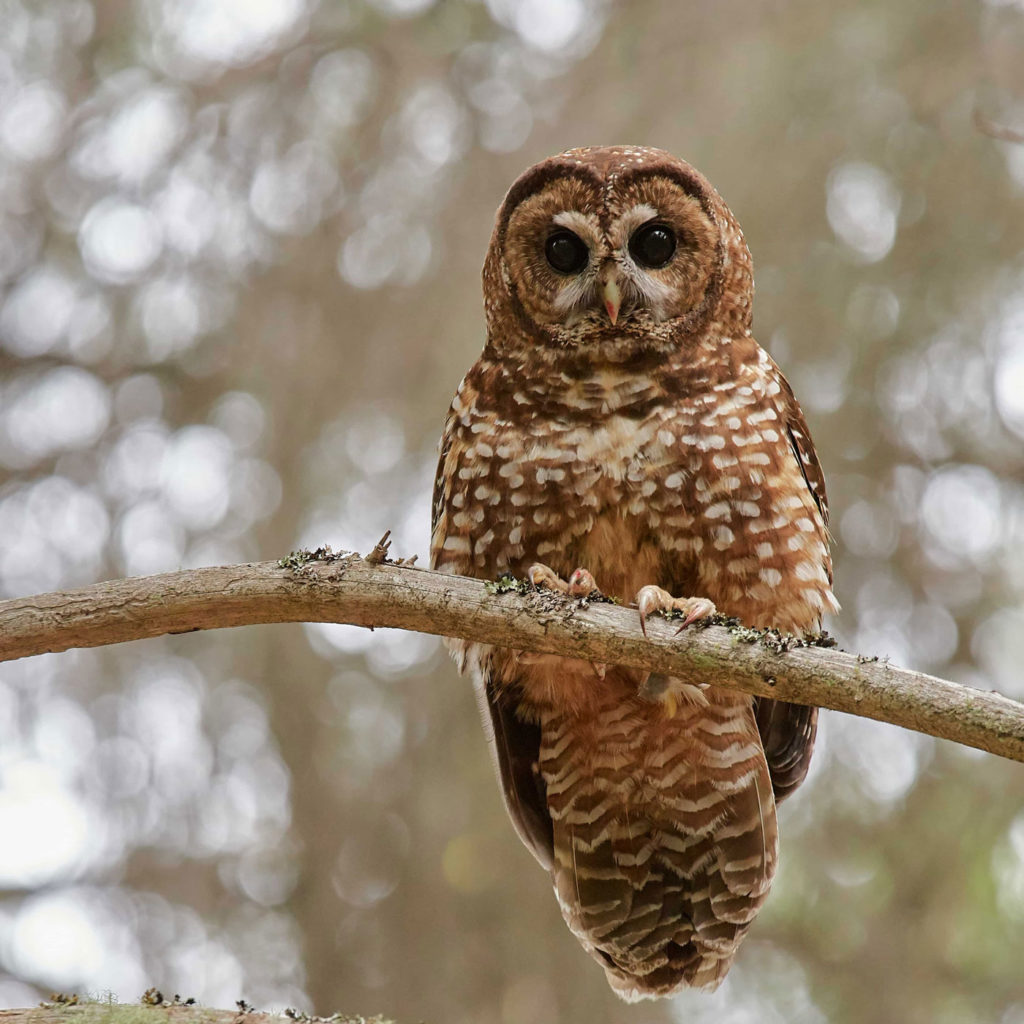


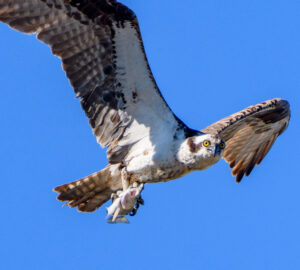
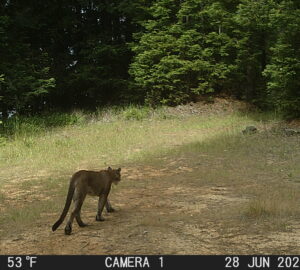
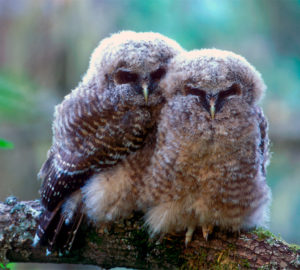
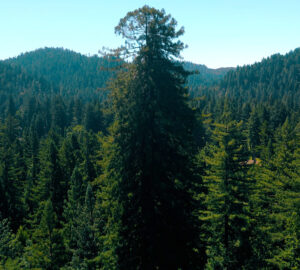
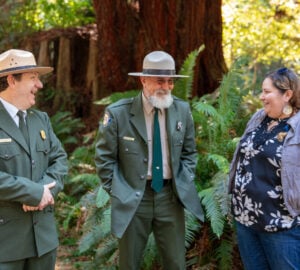
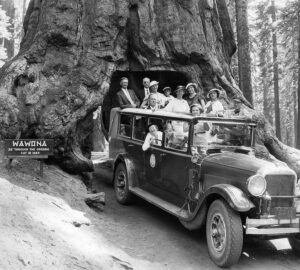
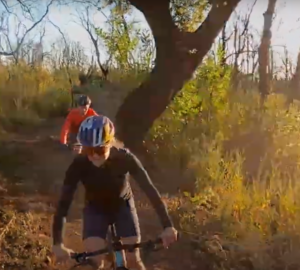
One Response to “How to bar barred owls”
Bonita Wyke
Very interesting to learn : I am originally from LA, live in north FL, where the Barred Owls are ubiquitous in our Live Oaks and LongLeaf Pines. I’ve had incredible encounters with them, and often wondered where they go ie how far (esp due to hurricanes etc). I had no idea they had traveled to the West coast, but it makes sense precisely because of hurricanes esp in the Gulf. Of course I am sad to hear that the Spotted Owl has fallen prey to Barred Owls. Hope the dispersion etc is successful. Many thanks to all involved in this project and continuing research. If I were young again(and had $) I would be there in a heartbeat to volunteer. Thank you for your article/report! 💜☮️ 🦉 🌲 🏔️